Fujinon XF 8mm F3.5 WR Review
Dustin Abbott
July 3rd, 2023
A prime lens with a maximum aperture of F3.5 rarely gets anyone excited, but the rules change when you are talking about a compact lens with an angle of view of 120°! The Fujinon XF 8mm F3.5 R WR is a very welcome lens – a tiny wide angle prime with a full frame equivalent focal length of 12mm. This extreme wide angle ties the large and expensive XF 8-16mm F2.8 (my review here) for the widest perspective available for Fuji’s X-mount. This focal length, when used properly, allows you to get wonderfully dynamic images.
The two ways to get to 8mm on Fuji couldn’t be more different. The 8-16mm zoom weighs nearly 4x as much (805 vs 215g), is over twice as long (121.2 vs 55.8mm), and is over 20mm wider (88 vs 68mm). The new 8mm prime allows you to use filters (62mm) where as the big zoom does not, and the little prime costs about half as much ($799 vs $1499 USD). The zoom has great image quality, more focal length flexibility, and a larger maximum aperture. This is two radically different approaches to this focal length, but I suspect there will be a lot of people who really appreciate being able to go this wide in such a small package.
I’ve reviewed the lens on two different camera bodies. One is the compact X-S20 body (which I reviewed here); the second is the larger, higher resolution X-H2 (my review here). The new XF 8mm is obviously a better size match to Fuji’s smaller cameras, where it adds little weight or bulk.
The XF 8mm certainly counts as a small but premium lens. Were there some compromises to get that small size? So should you add one to your kit? We’ll try to answer those questions and more in this review. If you would prefer to watch your reviews, you can choose to watch my definitive video review below…or just keep reading.
Check me out on: My Patreon: | Google+: | Facebook: | Twitter: | Flickr: | 500px: | Sign Up for My Newsletter :
Follow Me @ YouTube | Patreon | Instagram | Facebook | DA Merchandise | Flickr | 500px
Thanks to Fujifilm Canada for loaning me this lens for review. As always, this is a completely independent review and my conclusions are my own.
Fuji XF 8mm Build and Handling
Fuji likes to essentially build the feature list of their lenses right into the name, so if you learn to “speak Fuji” you can quickly get a sense of what a lens does and does not have right from the name. In this case, the name includes R and WR.
- R = Ring, or specifically an aperture ring.
- WR = Weather Resistance
Despite being small, Fuji found room to fit in the aperture ring, and obviously having a weather sealed design is incredibly important for a lens that will be used for a lot of outdoor photography where there, you know, weather!
The dimensions of the XF 8mm are 2.67 (D) x 2.07″ (L) / 68mm×52.8mm with a 62mm front filter thread size. As noted, the weight comes in at 7.6 oz or 215g. This is an extremely compact lens, particularly when one considers how wide a focal length is covered here. Fuji managed that in part by not trying to go for an F2.8 aperture here. That makes the lens a little less attractive for low light photography (or astrophotography), but isn’t a big deal for many of the typical subjects a wide angle lens like this will cover. This is a great example of how good lens design can leverage the smaller sensor size that the lens is being developed for and provide the size of lens that you just won’t see on full frame. It is dwarfed by the relatively compact Tamron 11-20mm F2.8 wide angle zoom:
The aperture ring is the Fuji standard. It moves nicely with defined detents at the one third stop marks and with markings at the full stops (F1.4. F2, F2.8, etc…). Rotate the lens all the way to the right and click the little button on the ring if you want to move into A (automatic) mode and control aperture from within the camera.
The manual focus ring works fairly well. I could focus with fairly good precision and didn’t notice visible stepping despite being a focus by wire system. The nature of a lens like this is that often a lot is in focus
The Fuji XF 8mm is a very nicely made lens despite its light weight. It feels very “metal” and dense. The lens has a classic semi-glass black finish to it and is completed with thorough weather sealing (as already noted) that has a rear gasket and internal seals.
The included lens hood is is a petal shaped design that is fairly (but not extremely) shallow.
There are no switches on the barrel, as AF/MF is handled via a lever/button on Fuji camera bodies. Thus far Fuji has nothing that is the equivalent of Sony’s “focus hold button” on their lenses, nor is there any option to declick the aperture. There is also no lens based optical stabilization. Both the X-H2 and X-S20 have good in-camera-image-stabilization, so I didn’t actually miss it, but if you are shooting with an older camera, you might.
The minimum focus distance is 18cm, which produces a quite low magnification figure of 0.07x. Here’s a look at MFD:
Up close performance is fairly good, with nice detail even if the magnification isn’t high.
Fuji sticks to a pretty consistent design formula for its XF lenses, and so there aren’t really any surprises here either good or bad. Build quality is nice, with good materials, the rings work well, and the lens has a nice, quality feel to the construction. I wouldn’t mind seeing Fuji advance the ball in terms of the feature set on its lenses, but neither is there anything “wrong” with what’s here.
Fujinon XF 8mm Autofocus Performance
The Fujinon XF 8mm F3.5 is not equipped with a linear focus motor, as Fuji obviously concluded that the small elements inside this tiny lens didn’t really need the extra power (and size) of a linear motor. While Fuji doesn’t elaborate on the motor here, I suspect it is some kind of stepping (STM) motor that does the job of moving focus quickly and smoothly. So much stays in focus all the time with such a wide angle lens (with a smaller maximum aperture) that there aren’t a lot of big focus changes needed most of the time anyway, so focus felt pretty instantaneous…and able to keep up when the subject gets way too close!
This shot highlights the nature of a wide angle lens like this. This is rarely going to be a portrait lens unless you are looking for exaggerated and funny. Anything close to the camera will be stretched and exaggerated. The one exception to this rule is if you are shooting a big scene and just putting your subject relatively small and centered in it. Look at how extreme this concrete corner is when I compose with it in the foreground:
Focus accuracy was generally good as well, delivering well focused results in the various shooting situations I was is in.
Outside of basically a meter of the lens, pretty much everything is going to be in focus, so the only focus issue I typically see with wide angle lenses is some pulsing. I didn’t really encounter that here, however, so I just didn’t really think about autofocus during stills capture, which is the way you want it.
There was very little to do see when doing autofocus pulls. There is so little focus changing during my typically pulls test that I had to put my hand up to the camera to give a more obvious focus change, but even in that there was relatively little change. As a byproduct there is no real obvious focus movement (so very smooth) and no apparent focus breathing at all. This would make for a very interesting gimbal lens if you wanted a wide angle of view and for pretty much everything to be in focus. It would be very nice for interior walkthroughs for real estate, for example, or even for vlogging if you don’t mind a bit of a distorted look.
So while the XF 8mm doesn’t boast Fuji’s LM (Linear Motor) designation, it is because it doesn’t need it. A quick look at their wide angle lenses show that they reserve the linear motors for the wide aperture zoom (8-16mm) or for large aperture primes (F1.4 lenses). I’ve got nothing to complain about for autofocus; the focus system got the job done here.
Fuji XF 8mm Image Quality Breakdown
The Fuji XF 8mm has a surprisingly complex optical formula for such a tiny lens. There are 12 elements in 9 groups, and this includes 3 aspherical and 2 ED elements. The MTF chart shows a very strong performance in the center (near perfect), a good mid-frame performance, and some regression at the edges of the frame.
The extremely high resolution of the Fujifilm X-H2 (40.2MP) that I’m reviewing the lens on is essentially the most optically demanding platform I review on right now, offering much greater pixel density than the 61MP Sony a7RV or Fujifilm GF100S and its 100MP medium format sensor. I have quickly seen that not every lens holds up well to the demands of this sensor, but the XF 8mm does pretty well.
Fuji’s correction profiles are typically quite good, but I’ll turn them off to take a look at the actual lens performance when it comes to vignette and distortion. There is (unsurprisingly) a strong amount of barrel distortion present along with significant vignetting.
I’ve seen much worse distortion, though obviously this amount will definitely spoil images if not corrected. My manual correction (shown on the right above) has a +25 to correct the barrel distortion and a +76 to correct for vignette. The correction profile does all of this easily either in camera for JPEG/Video or in software for RAW files, and I felt the correction profile in Lightroom did a cleaner job with the distortion than what I could do manually, though I did feel it was overly aggressive in cropping the image. Here’s a look at that result:
You’ll see that my manual correction earlier got rid of the distortion fairly well while leaving a lot more image. My recommendation: if you want the extra width in your shot, do a manual correction instead.
How about chromatic aberrations? When I went looking for longitudinal chromatic aberrations, I was essentially unable to find them. A wide angle lens like this with a relatively small maximum aperture is rarely going to have an issue with fringing before or after the plane of focus because the plane of focus is so large. You can see on these white blossoms that there are no apparent fringing issues:
The more common issue for wide angle lenses is lateral chromatic aberrations that show up near the edge of the frame in high transition areas. That doesn’t seem to be an issue here even with corrections turned off. The edges of the frame show no fringing in this real world shot.
Here’s a look at my test chart that the crops came from (40MP images from the X-H2):
Here’s a look at F3.5 crops (about 175% magnification) from the center, mid-frame, and corner:
We see essentially what the MTF chart shows: a very sharp center, a good mid-frame, and a drop to the corners…though not to unusable levels. Over most of the frame the lens is pretty much equally sharp at F3.5 as it is at a smaller aperture like F5.6. Here’s a look at 100% magnification of a real world shot of beautifully aged wood on the side of a barn – not much to distinguish between wide open and stopped down a bit:
Stopping down to F4 produces little difference over most of the frame, though the corners are slightly improved (and brighter!). A more significant difference in the corners can be seen by F5.6 (here at 200% magnification):
By F8 diffraction on my high resolution X-H2 essentially stops any further gains, with F5.6 and F8 looking largely the same. The corners never quite reach the levels of the center of the frame. I can’t blame that entirely on the ultra high resolution, however, as even on the 26MP X-S20 results aren’t as sharp in the corners.
To put things in perspective, however, it is extremely difficult to engineer such a wide angle lens with excellent corner sharpness. I’ve seen plenty of ultra wide angle lenses whose corners were mush…which isn’t the case here. The expensive 8-16mm F2.8 is very slightly better mid-frame, but very slightly worse in the corners, so if you want to go this wide, this is essentially as good of corner performance as you’re going to get. Images looks quite good to my eye, too, with good sharpness across the frame except maybe that last little percentage in the extreme corners.
Minimum aperture is F22, but on most cameras diffraction is going to really play havoc with contrast and acuity. Things look pretty soft by comparison even with F3.5:
Bokeh quality is not really a major concern with a lens like this, as it is pretty difficult to create a blurred out background. I was quite close to these flowers, but you can see that the further objects really aren’t all that out of focus.
In this shot of Nala you can see a lot of outlining in the trees beyond.
That’s just a strength of a lens this wide, and frankly, not all that important, as you buy a lens like this more to have a lot IN focus rather than to try to create out of focus areas.
Far more important is flare resistance, as this wide of an angle of view is often going to have bright lights in the frame. At wider apertures flare resistance is quite good (first image), though at smaller apertures there are few ghosting blobs of multicolored light (images 2 and 3). Nothing terrible, however.
A great strength of Fuji lenses tends to be their color rendition, and I did find colors really nice. Images looked quite rich:
Forest greens had a beautiful saturation level – not overdone or garish, but just right.
Images had a nice punch to them that I appreciate.
This spring/summer has been a difficult season for astrophotography in Eastern Canada due to the wildfires that are leaving haze and smoke in the air all the time, so I didn’t get any astro images. The maximum aperture of F3.5 doesn’t make this a top choice for astrophotography, anyway, but I would have liked to have seen the stars a bit!
Overall, however, I was very pleased with the XF 8mm. It packs good image quality into an amazingly compact package. It’s a LONG way to my shoes with a lens this wide!
Check out the image gallery to see more images for yourself and see if this is the lens for you.
Conclusion
The Fujinon XF 8mm F3.5 WR is evidence that there are still some unique lenses for Fuji to build for their X-mount platform, and I feel like they’ve nailed the formula here. The XF 8mm is small enough to fit on the smaller X cameras while being strong enough optically to work on the high resolution monsters.
One has to have a different eye for composition when shooting with a lens this wide. You’ll often have to get closer than what you’d expect. In the shot below, the bright leaves at the top of the shot were literally above my head at the time I clicked the shutter.
I know that there is a lot of interest in the XF 8mm from both photographers and videographers. I can see only one potential problem, and that’s price. Such a small lens with a maximum aperture of F3.5 that retails for $799 USD or $1079 CDN is going to seem expensive to some. So many third party lenses are coming out now at lower price points (though none quite like this!), and sometimes very small lenses seem expensive in the strange sense that we often equate size with value. Put another way, it is easier for people to perceive a large lens as premium and deserving of a higher price than a small lens. But once people have paid the money, they are going to love having this extreme perspective in such a small, portable package. The XF 8mm is a very welcome new lens to the Fuji platform, particularly when it actually fills a need that no other lens is filling at the moment.
Pros:
- Well made lens in a compact package
- Good build and weather sealing
- Extremely compact for such a wide perspective
- Ties for the widest perspective on X-mount.
- Autofocus is smooth and quiet
- Good center and mid-frame sharpness from F3.5 on
- Low levels of chromatic aberrations
- Beautiful color rendition
- Fairly good flare resistance
Cons:
- No declick option or physical controls other than aperture ring
- Some strong barrel distortion
- Corners never get extremely sharp
Gear Used:
Purchase the Fujinon XF 8mm F3.5 @ B&H Photo | Adorama | Amazon | Camera Canada | Amazon Canada | Amazon UK | Amazon Germany
Purchase the Fujifilm X-H2 @ B&H Photo | Adorama | Amazon | Camera Canada | Amazon Canada | Amazon UK | Amazon Germany
Purchase the Fujifilm X-T5 @ B&H Photo | Adorama | Amazon | Camera Canada | Amazon Canada | Amazon UK | Find it Used at KEH
Purchase the Fujifilm X-S20 @ B&H Photo | Adorama | Amazon | Camera Canada | Amazon Canada | Amazon UK | Amazon Germany | Ebay
Purchase the Fujifilm X-S10 @ B&H Photo | Amazon | Camera Canada | Amazon Canada | Amazon UK | Amazon Germany | Ebay
Purchase the Fujinon XF 18-120mm F4 @ B&H Photo | Adorama | Amazon | Camera Canada | Amazon Canada | Amazon UK | Amazon Germany
Want to support this channel? Use these affiliate links to shop at: B&H Photo | Amazon | Adorama | Camera Canada | Amazon Canada | Amazon UK | Ebay | Make a donation via Paypal
Buy DA Merchandise https://bit.ly/TWIMerch
Keywords: 8mm, 8mm F3.5, XF 8mm F3.5, Fuji, Fuji 8mm Review, Fujinon XF 8mm F3.5 Review, WR, R, 8mm, 8, 3.5, F3.5, F/3.5, Fujinon, Fujifilm, X-H2, FujiFILM X-H2, X-H2 Review, X-T5, Fuji X-S20, Fuji X-H2 Review, Fujinon, Dustin Abbott, Review, Sensor, Tracking, Wide Angle, Stabilization, Eye AF, Viltrox, XF, Review, Hands On, Video Test, Sharpness, High ISO, Autofocus, Dynamic Range, 40MP, 40 MP, Lens, Comparison, Test, Dustinabbott.net, APS-C, X-Trans, letthelightin, DA
DISCLAIMER: This article and description contains affiliate links, which means that if you click on one of the product links, I’ll receive a small commission. As an Amazon Associate I earn from qualifying purchases.









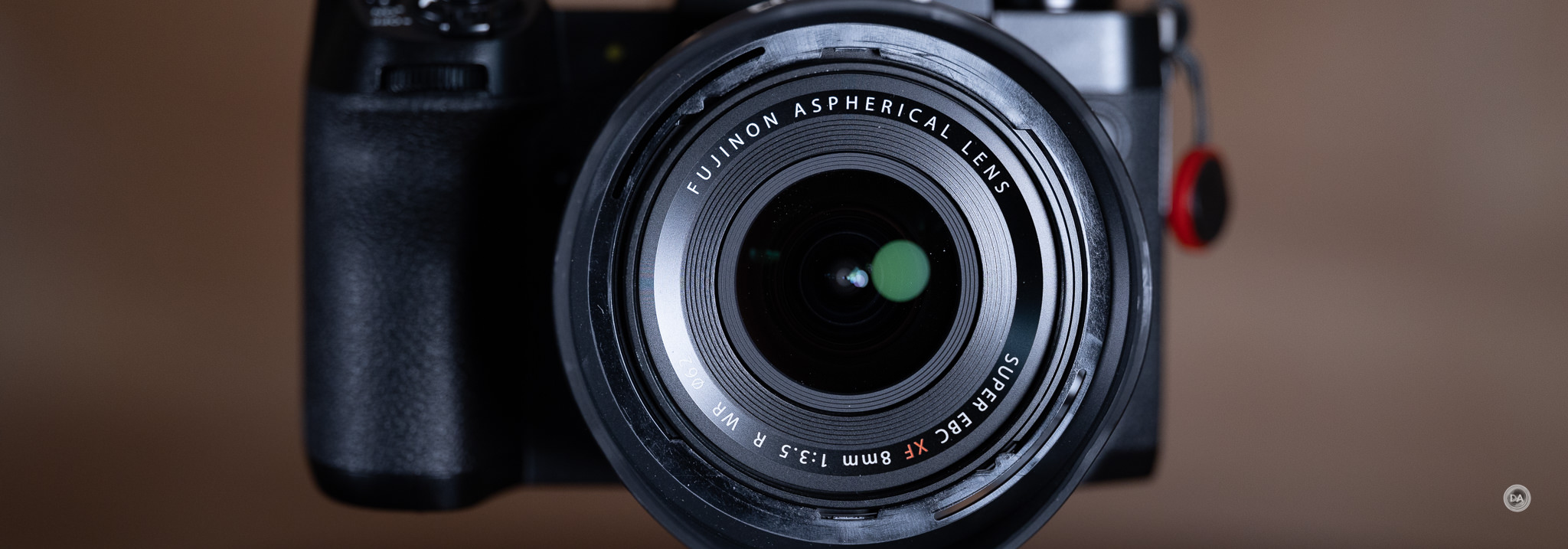


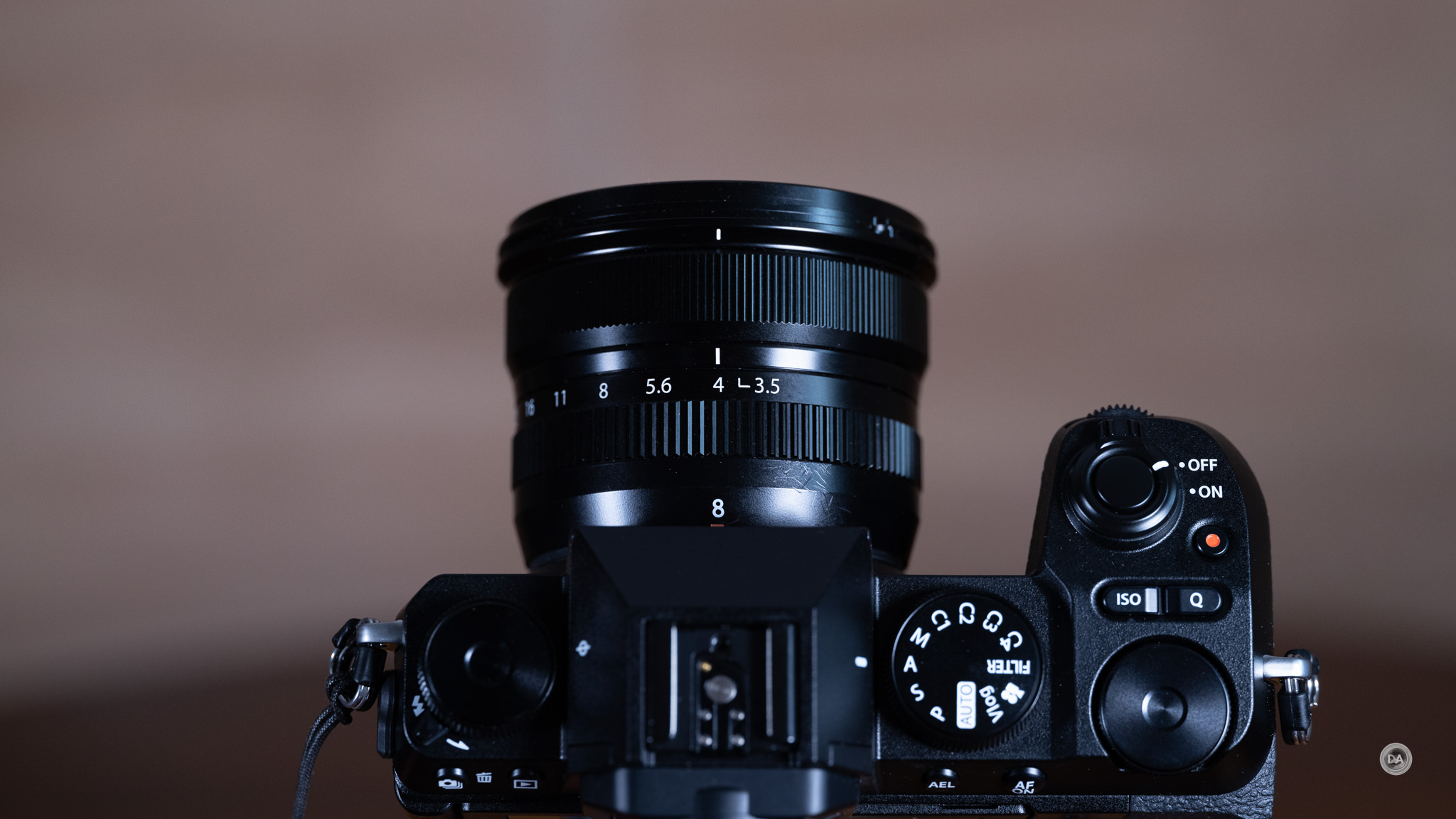


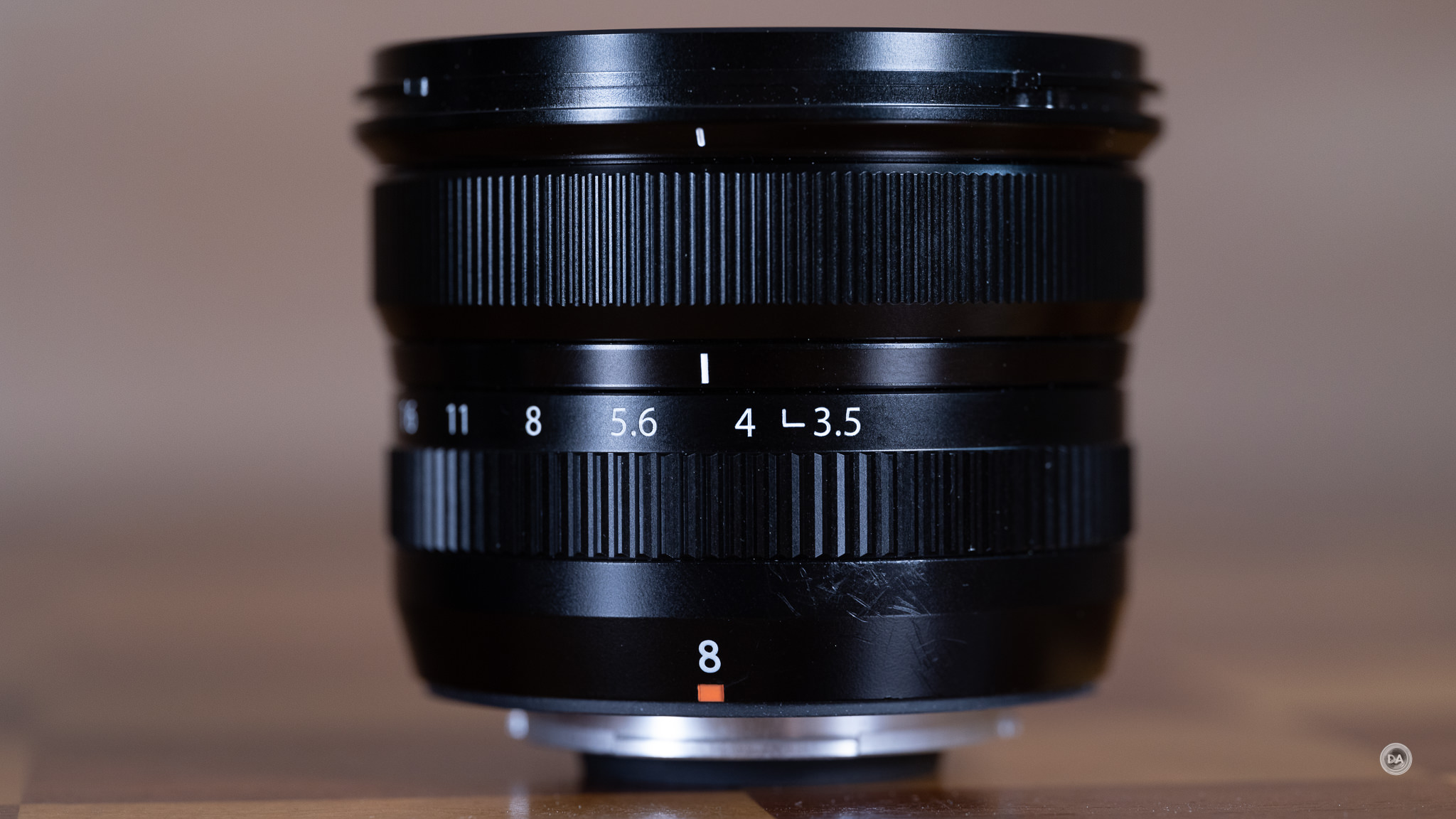
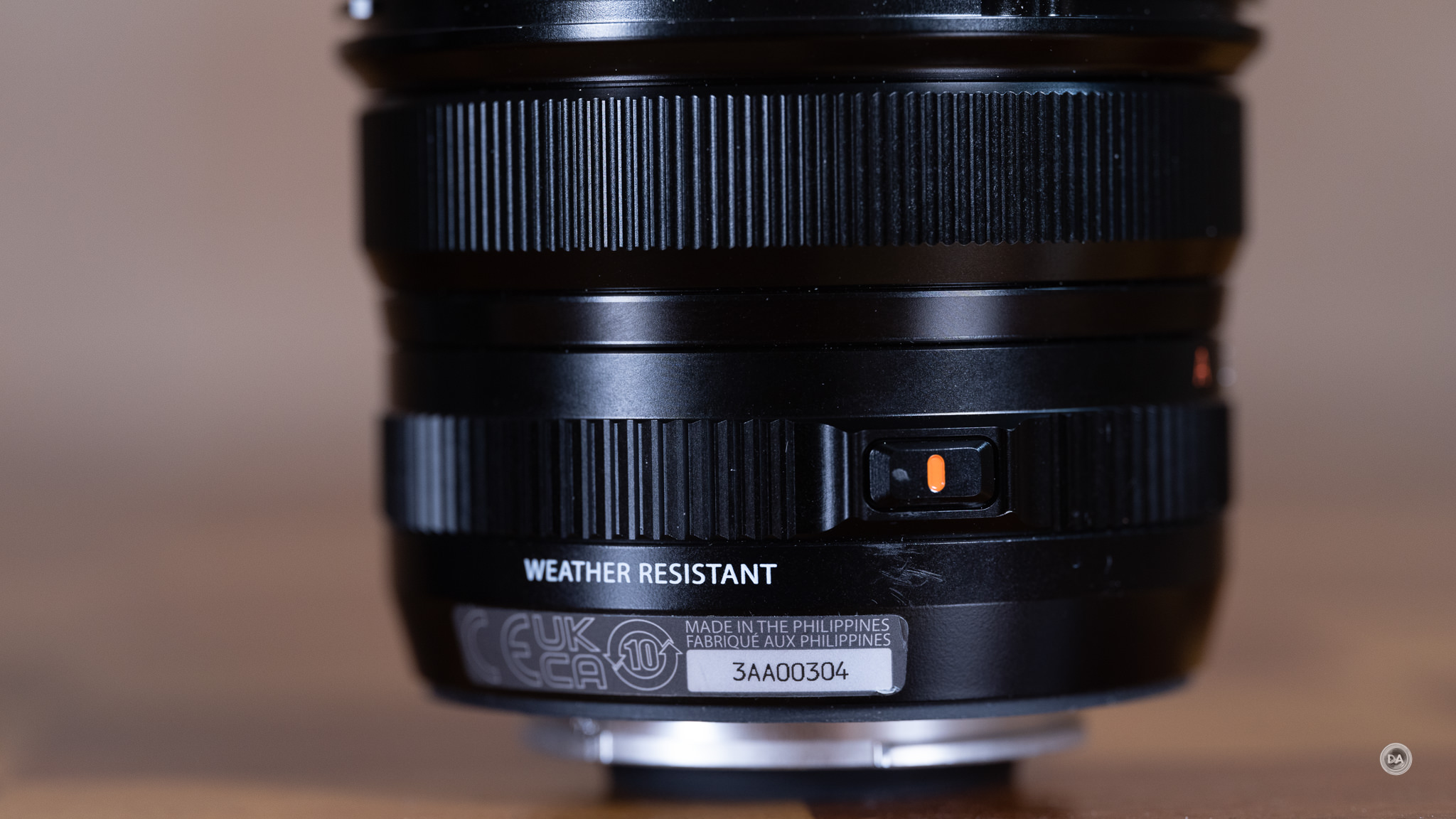
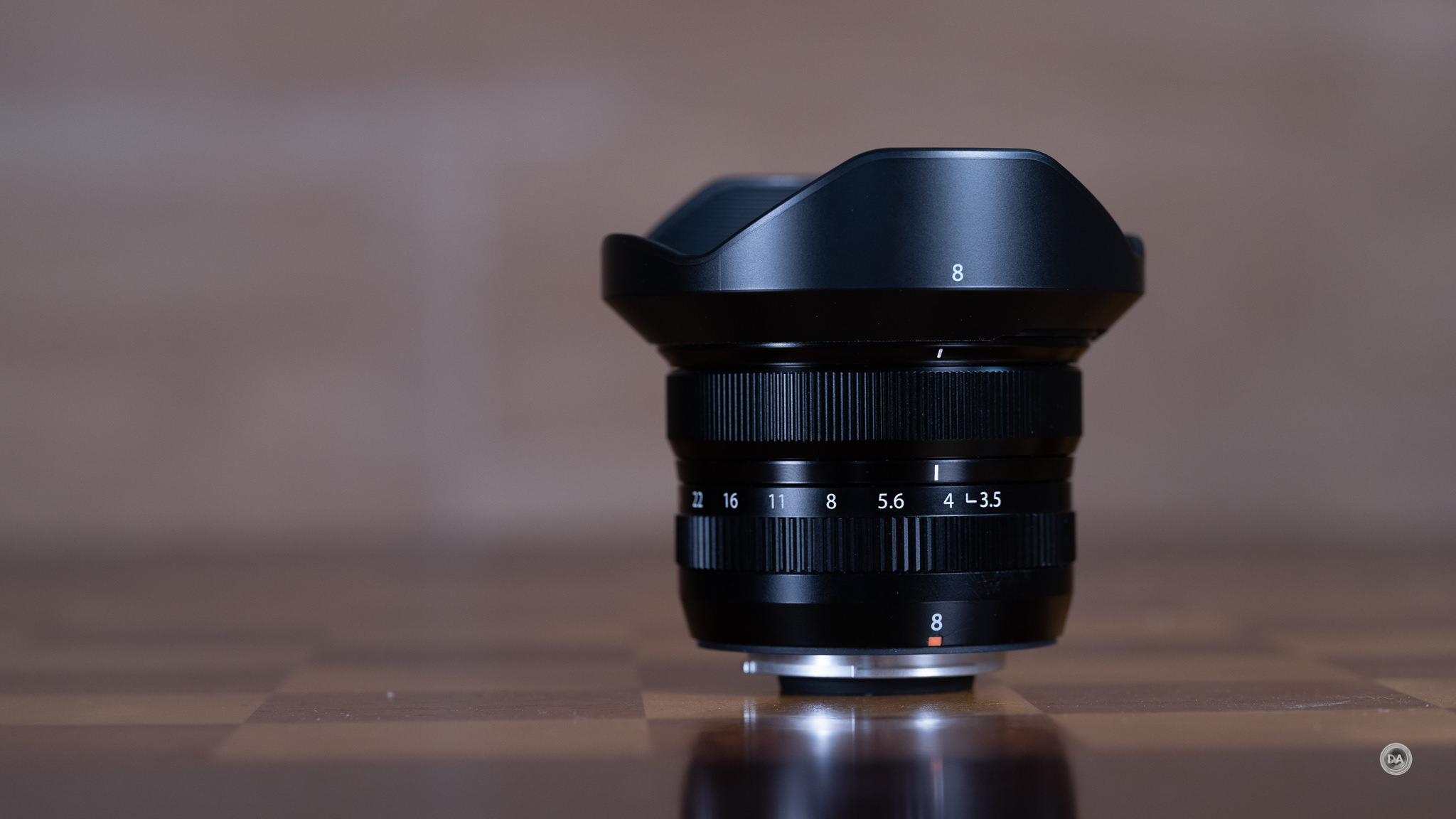

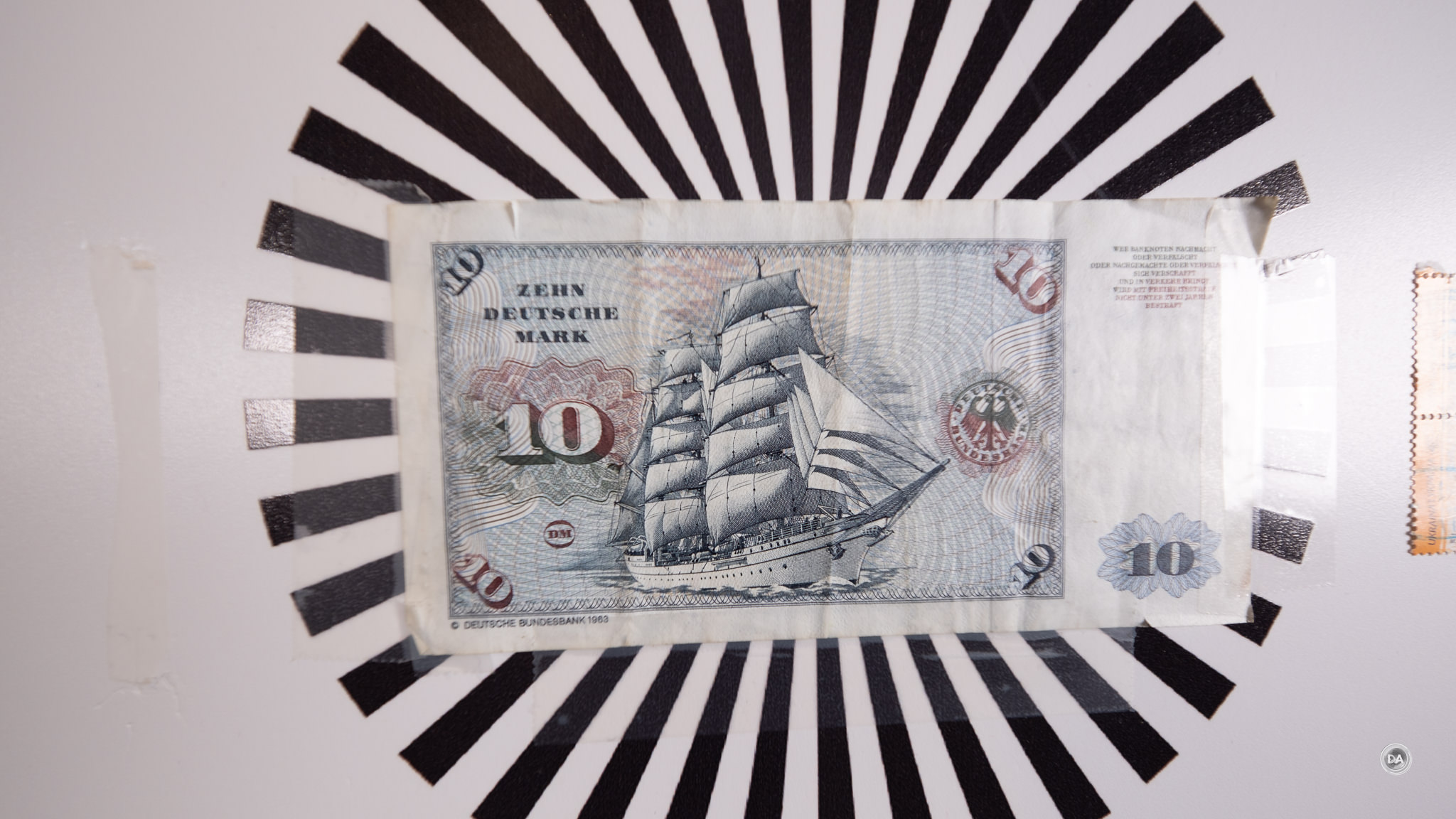


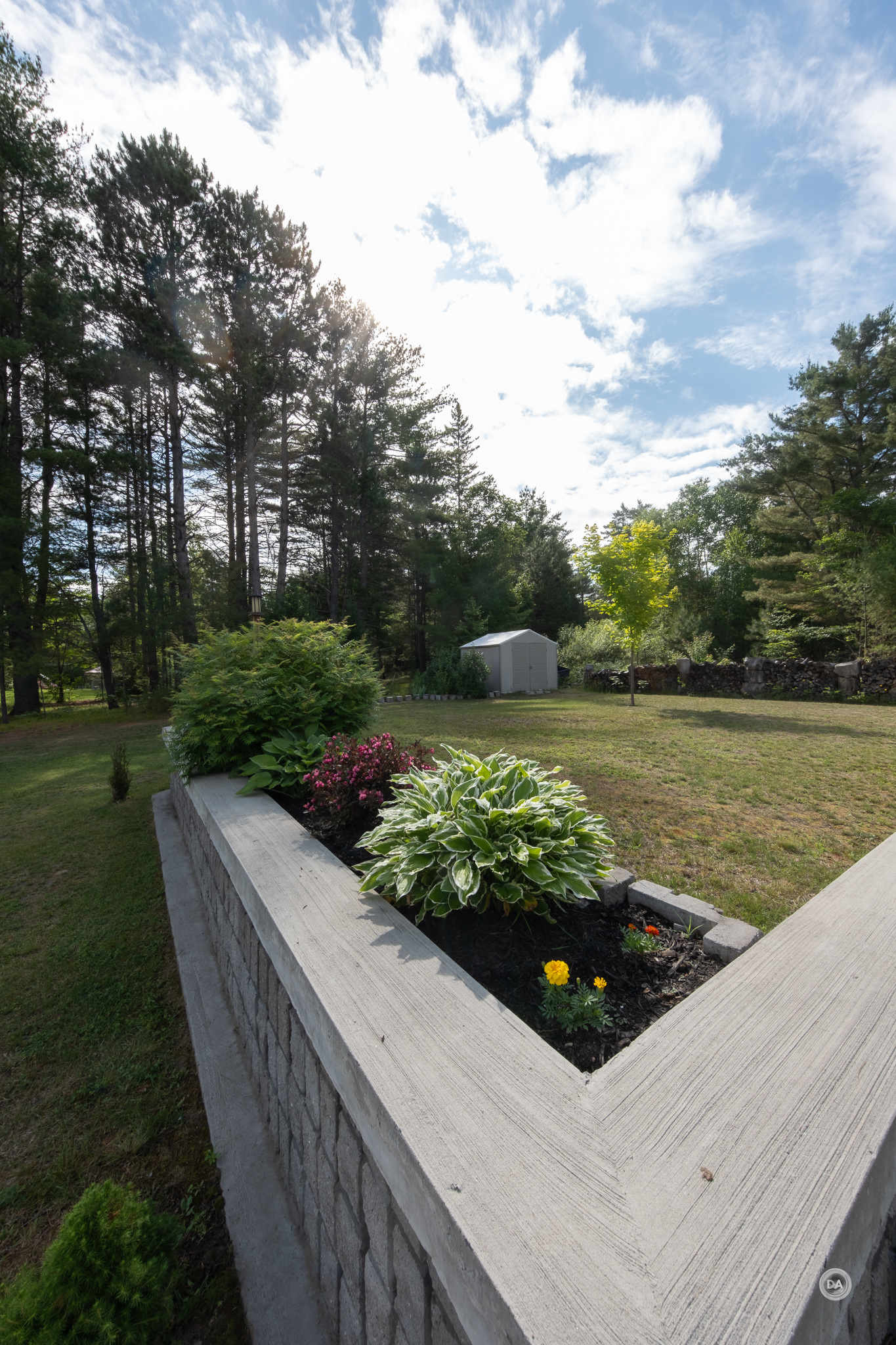
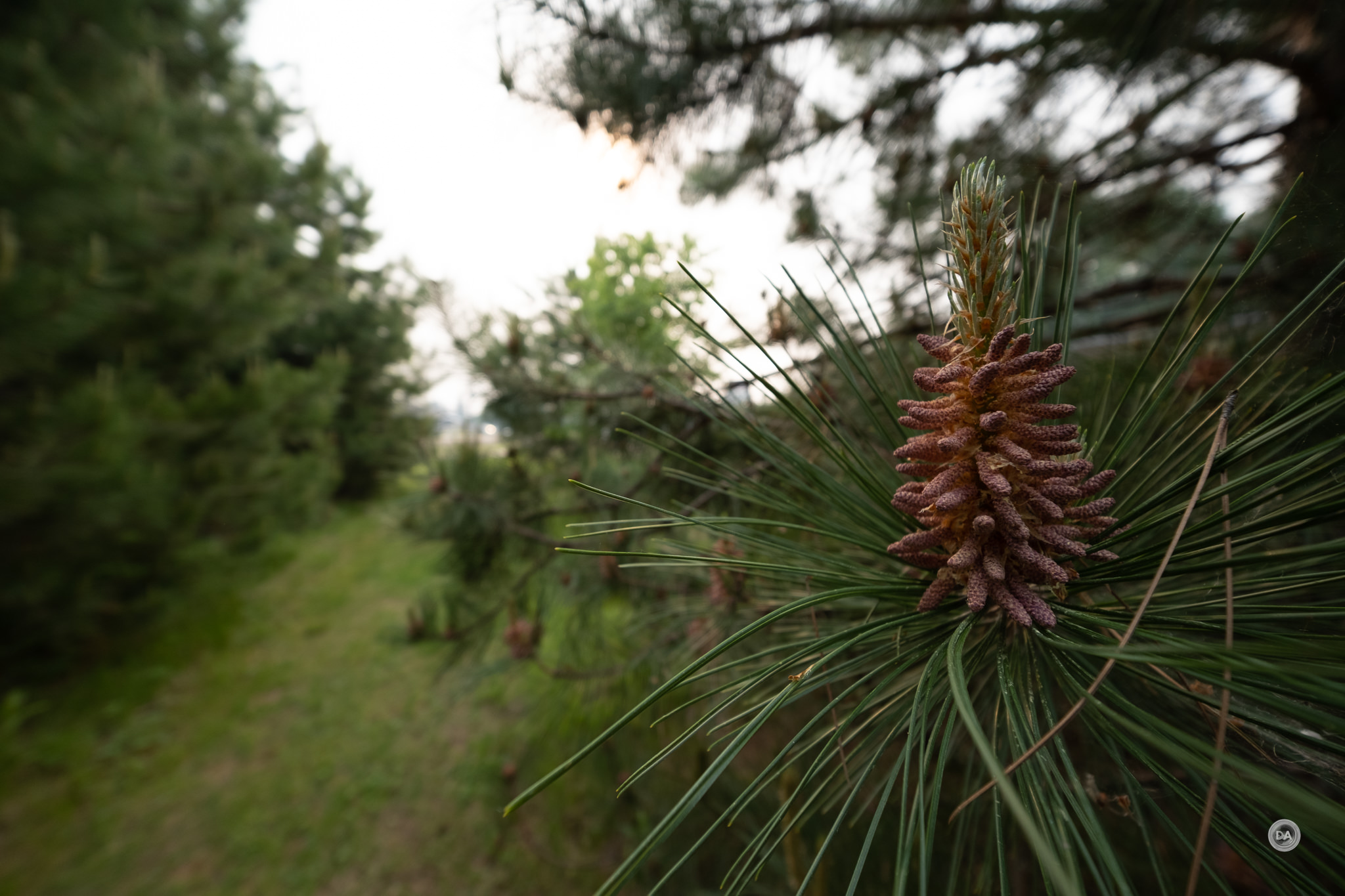
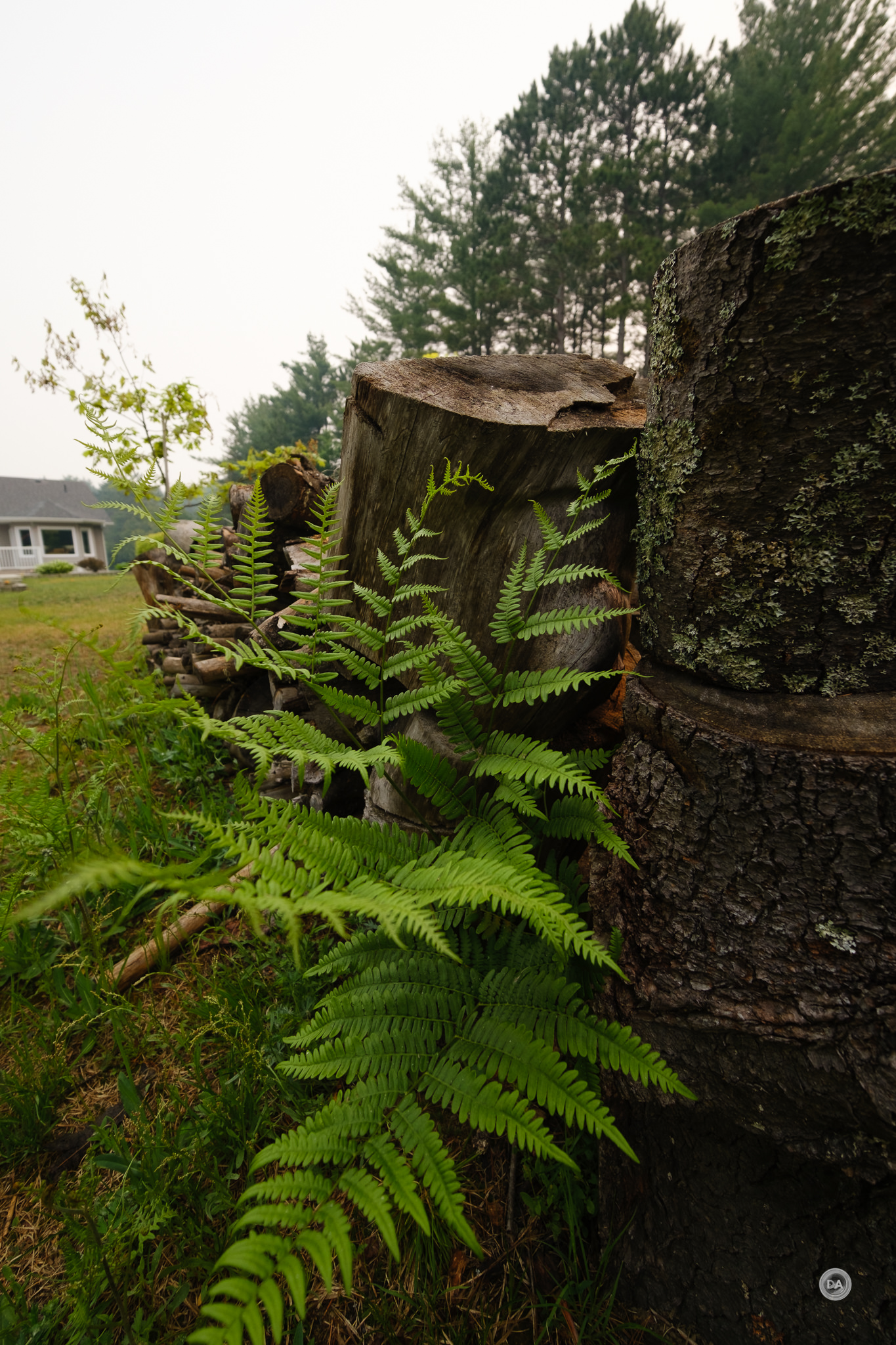
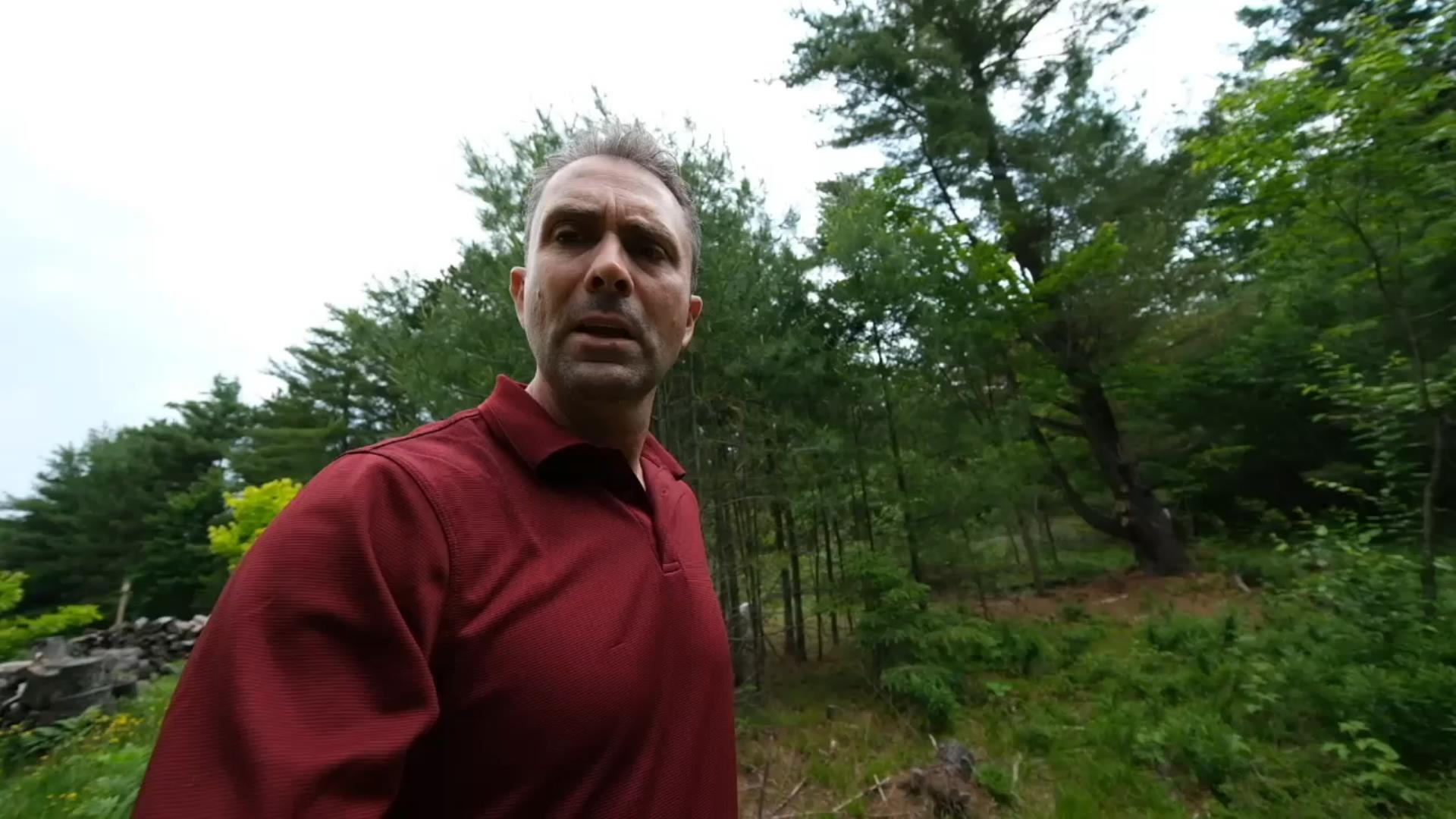


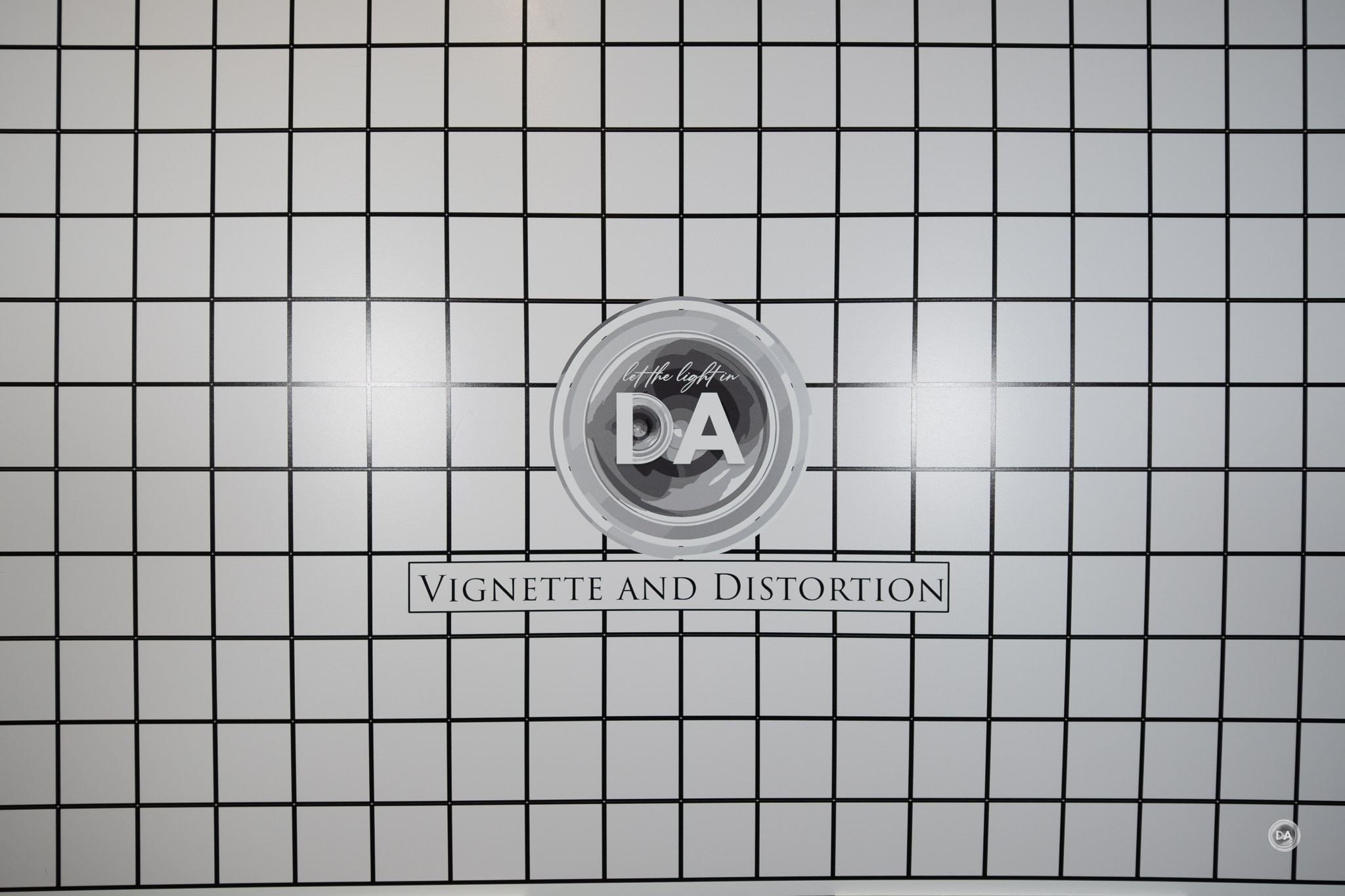


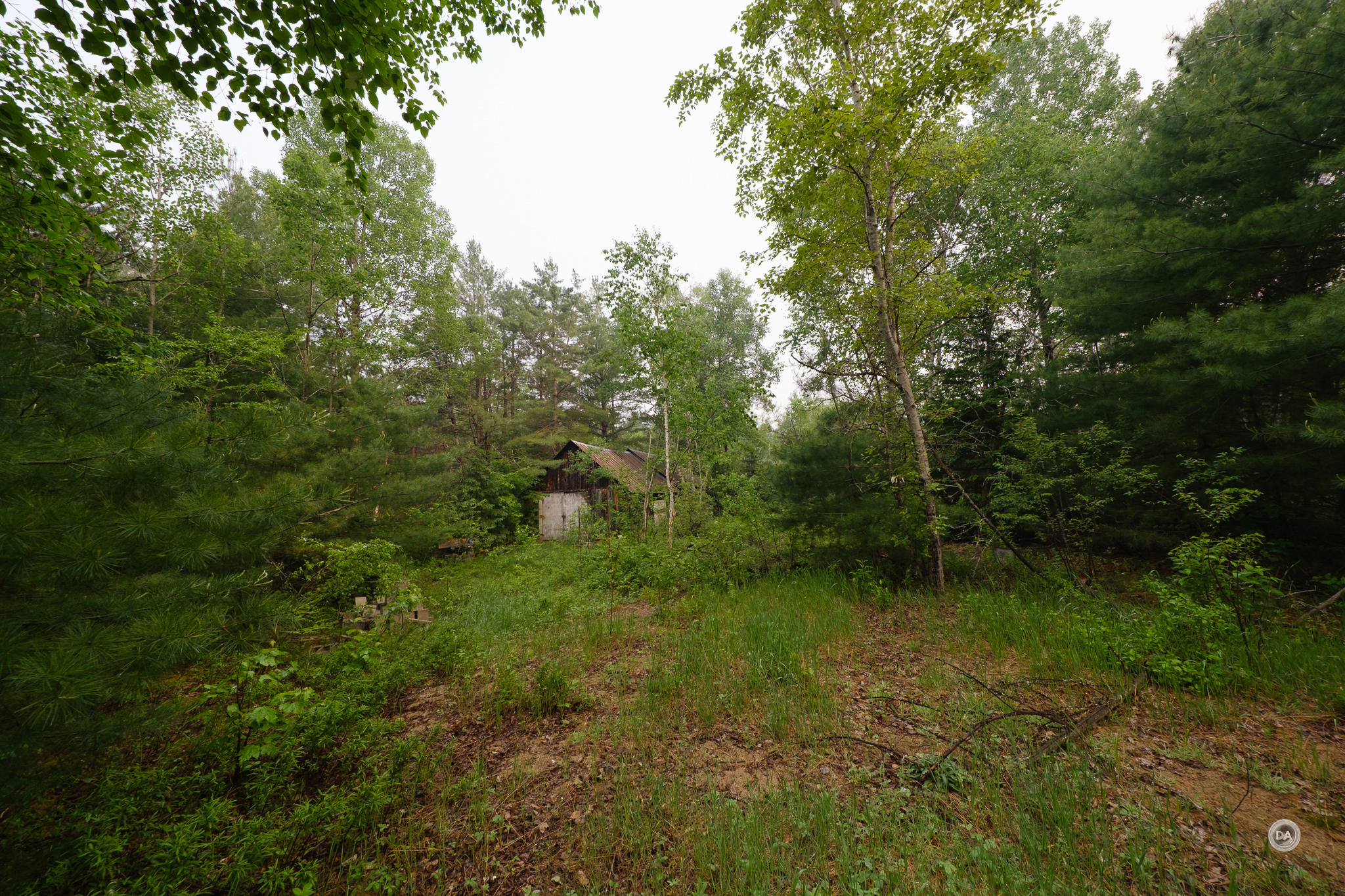
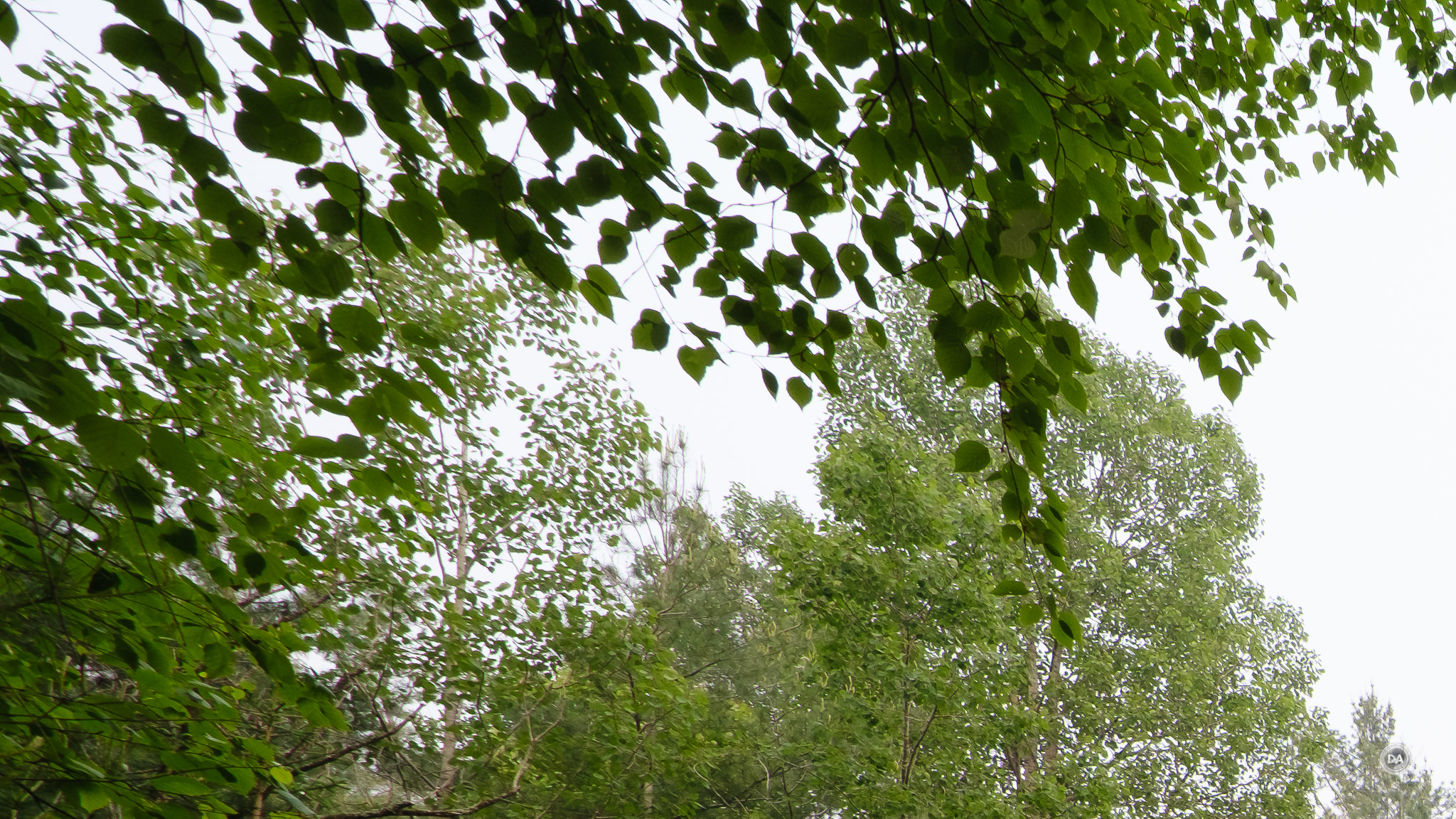

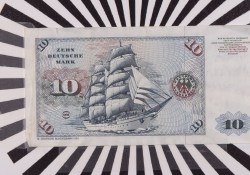


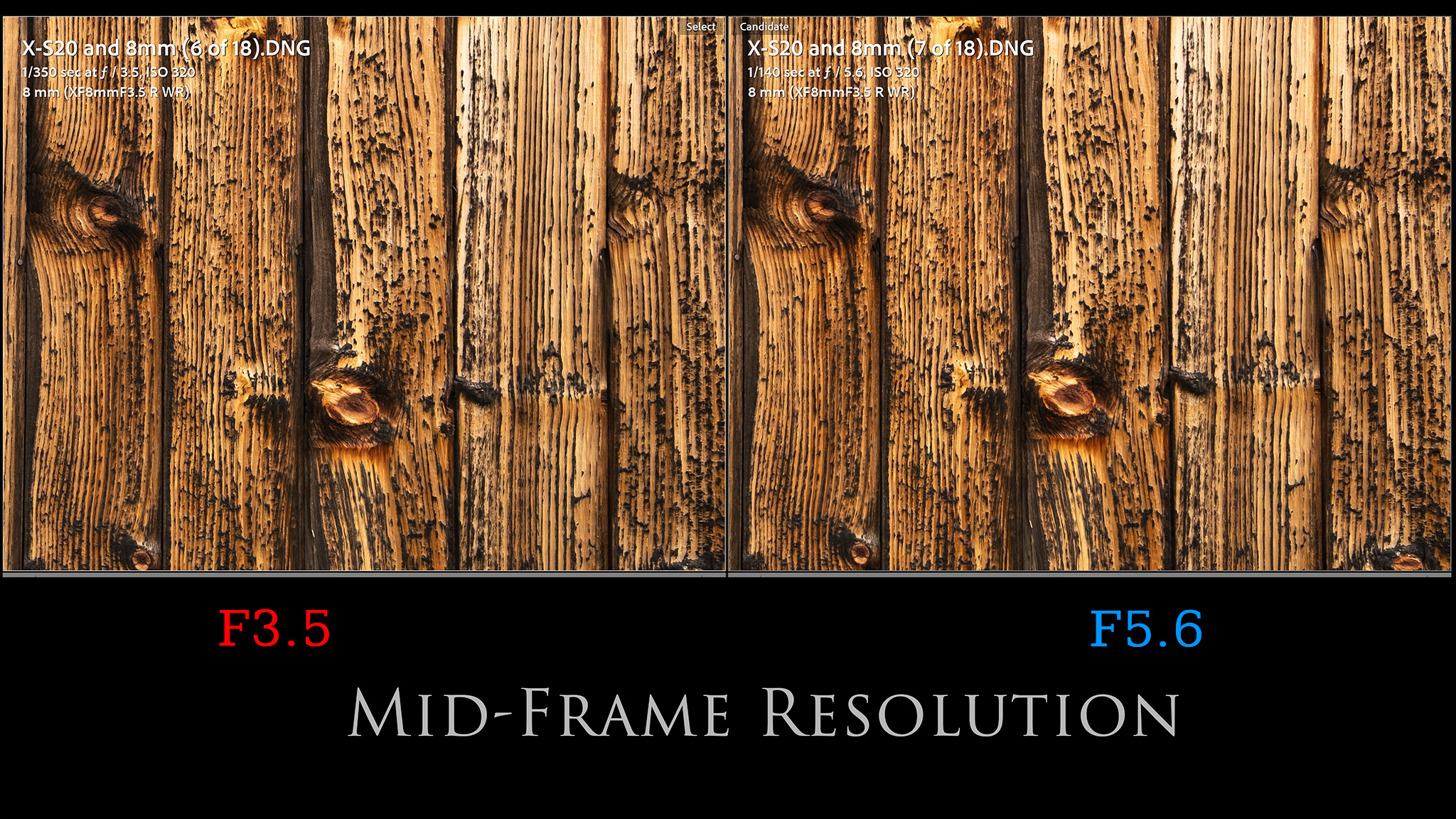
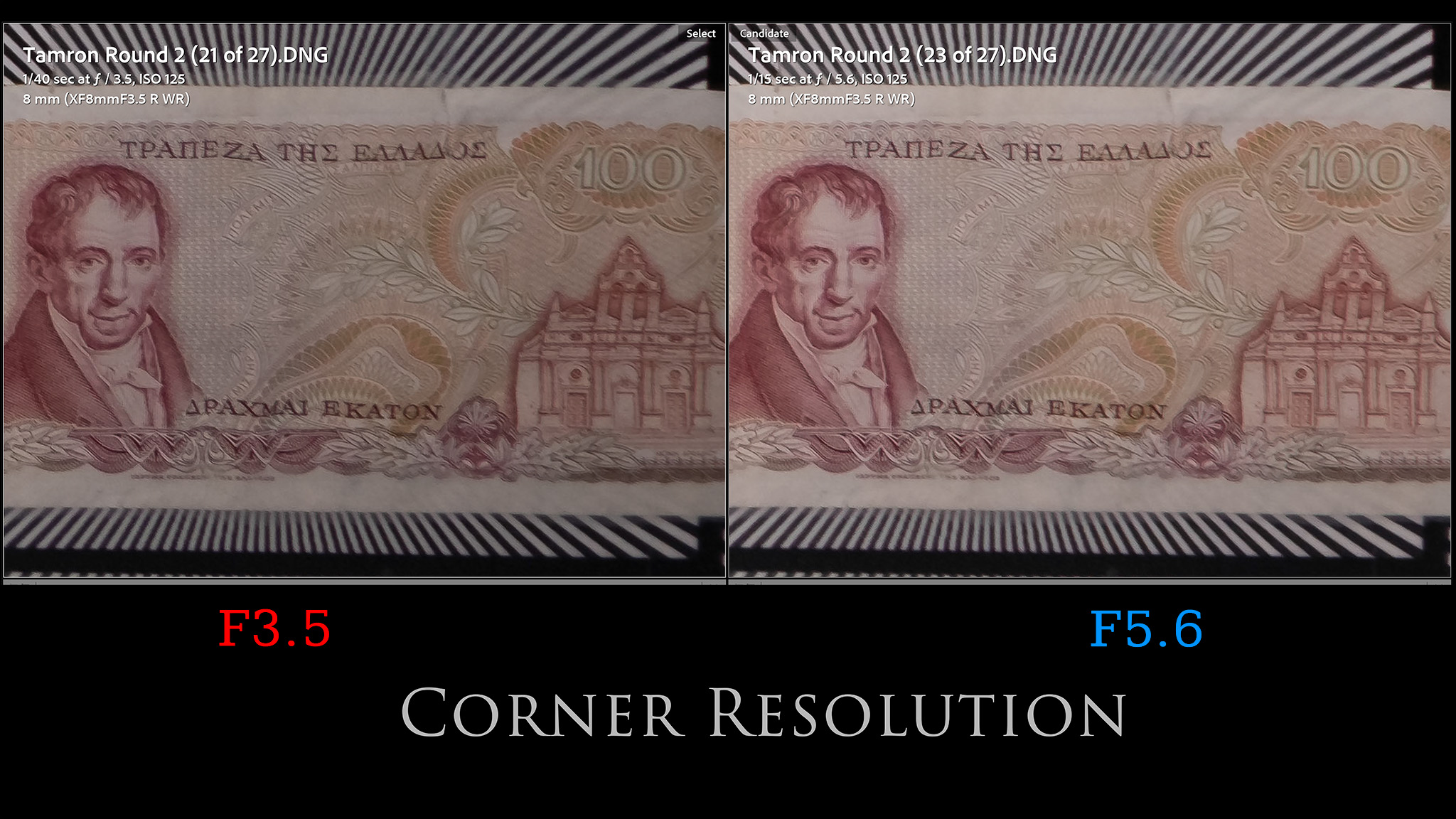










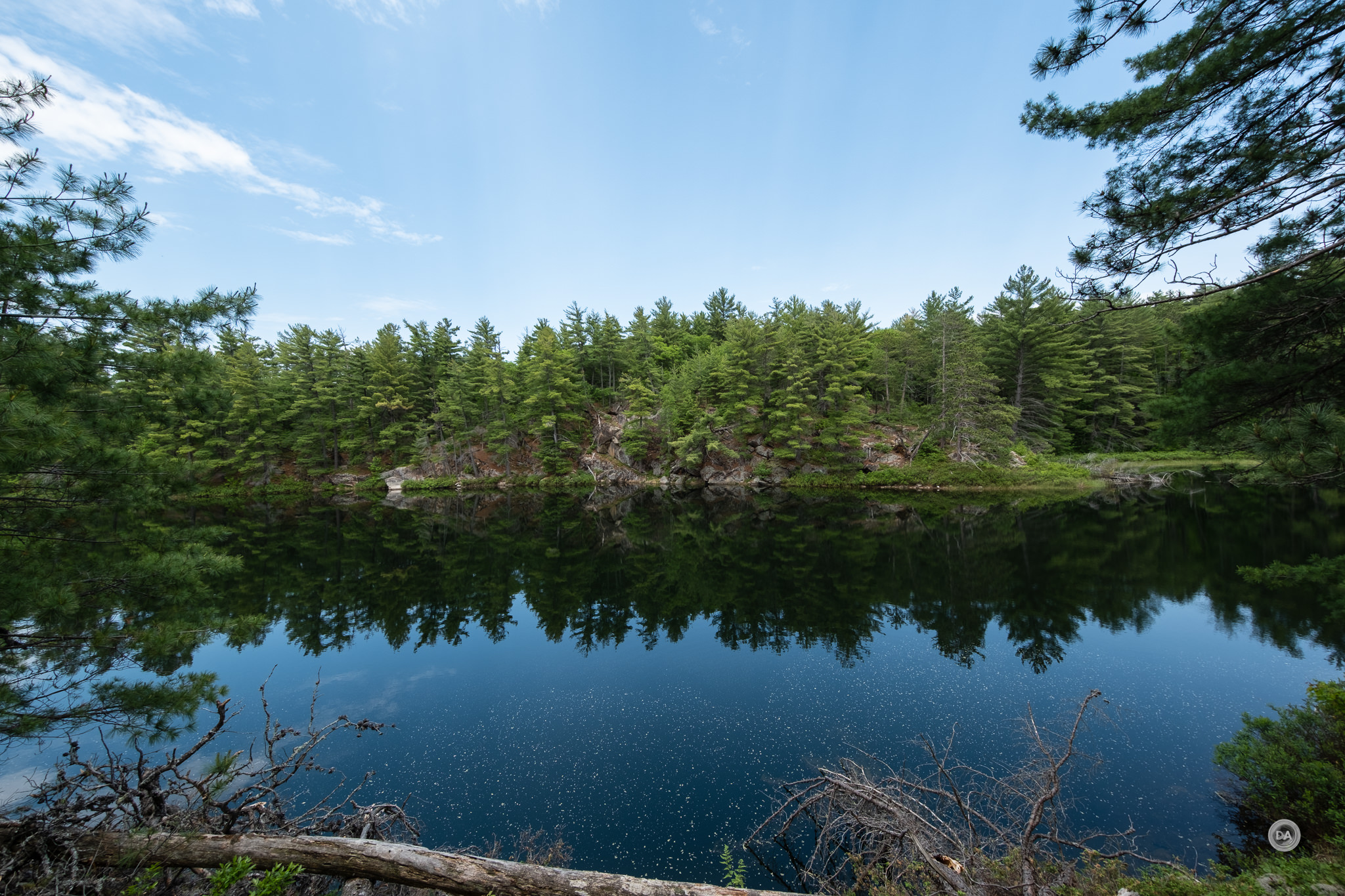
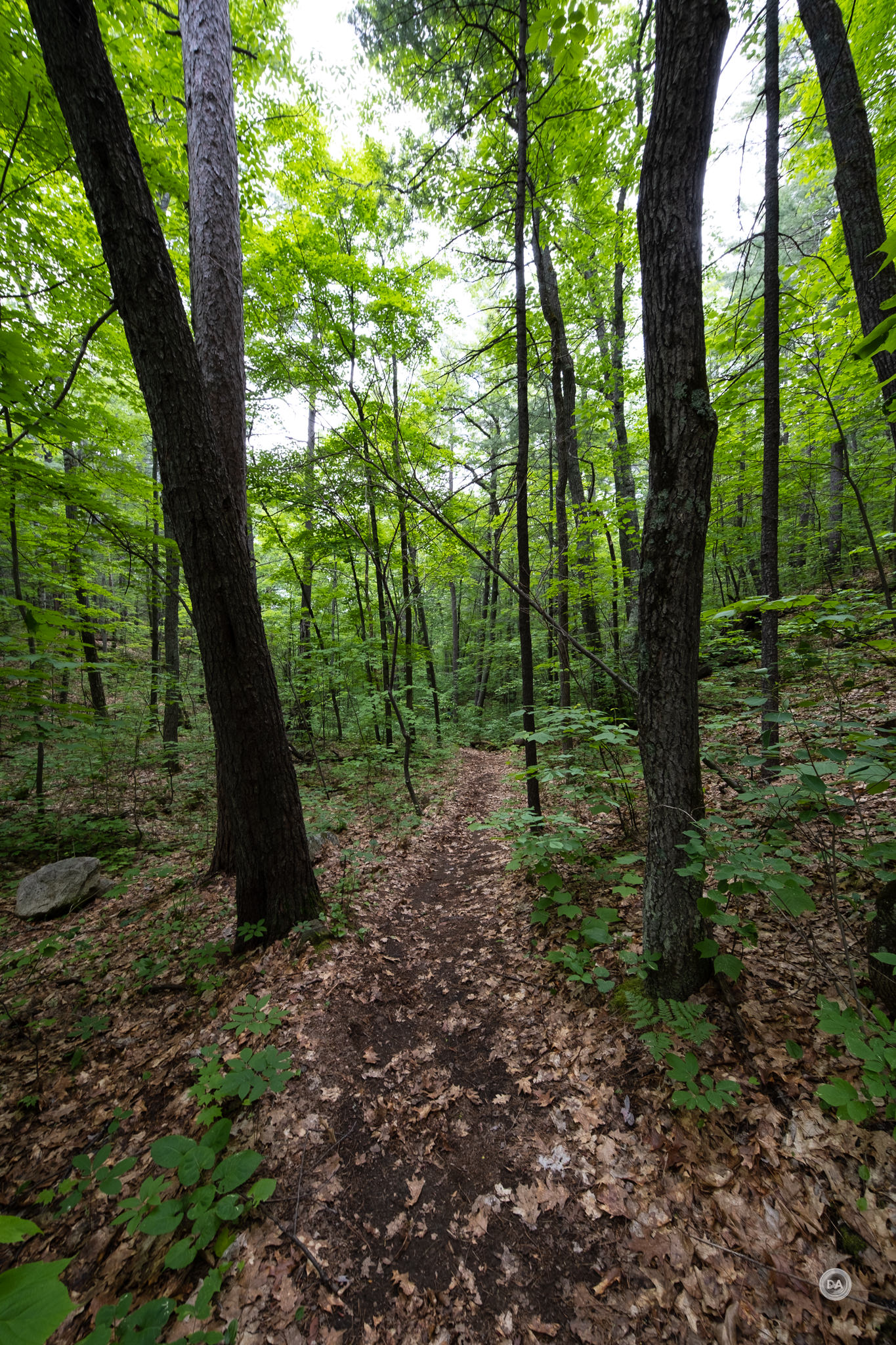

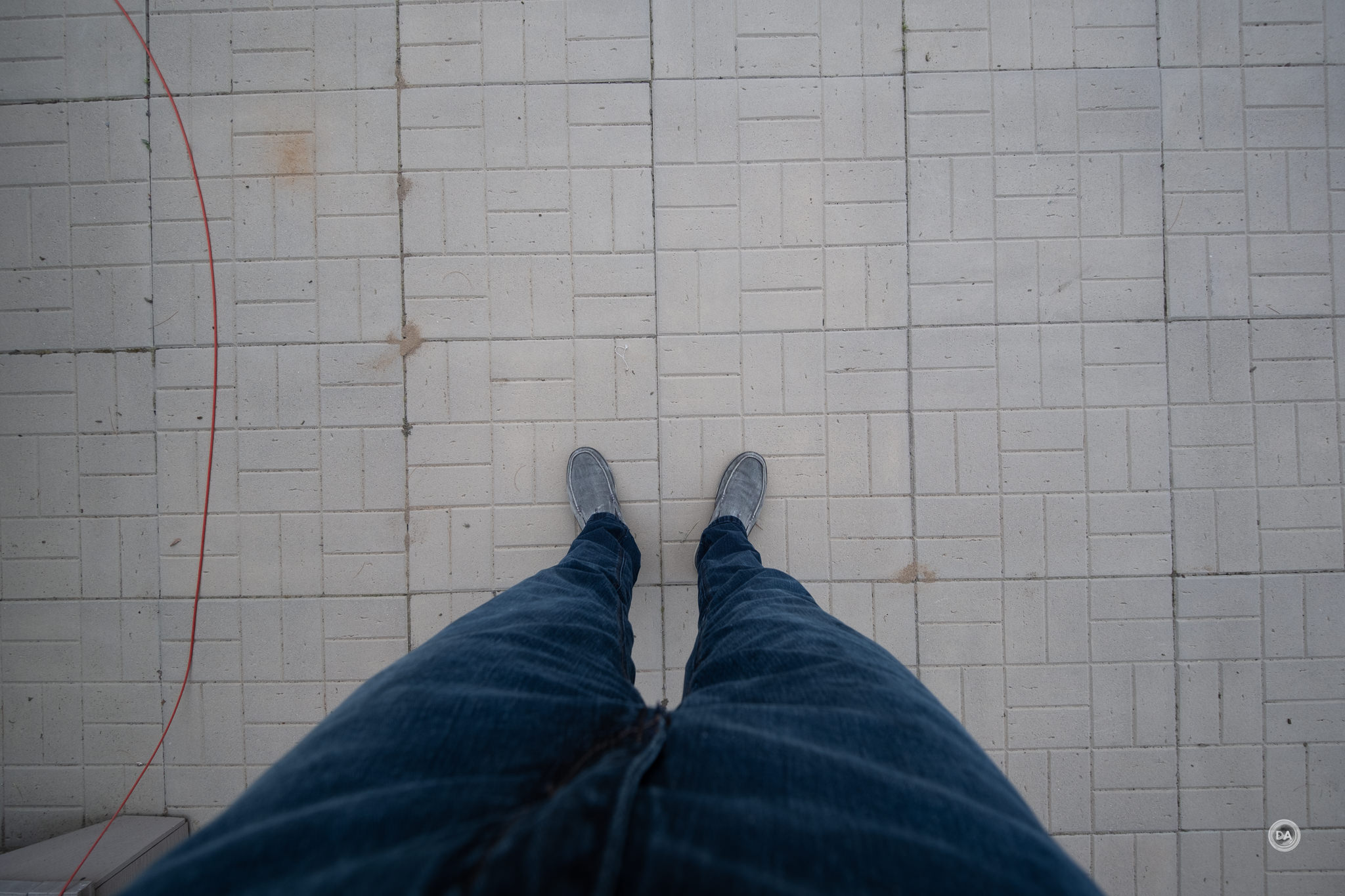

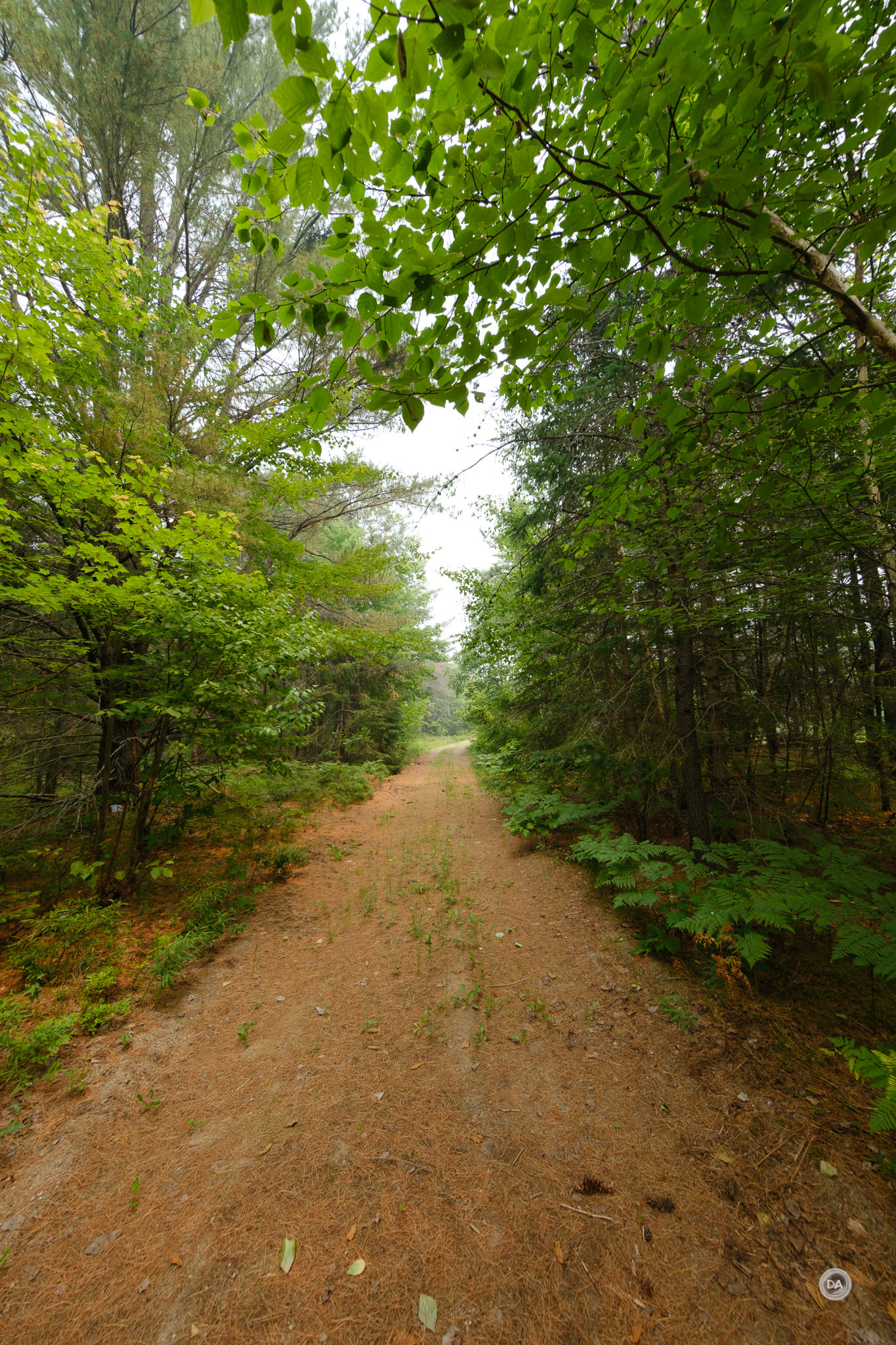
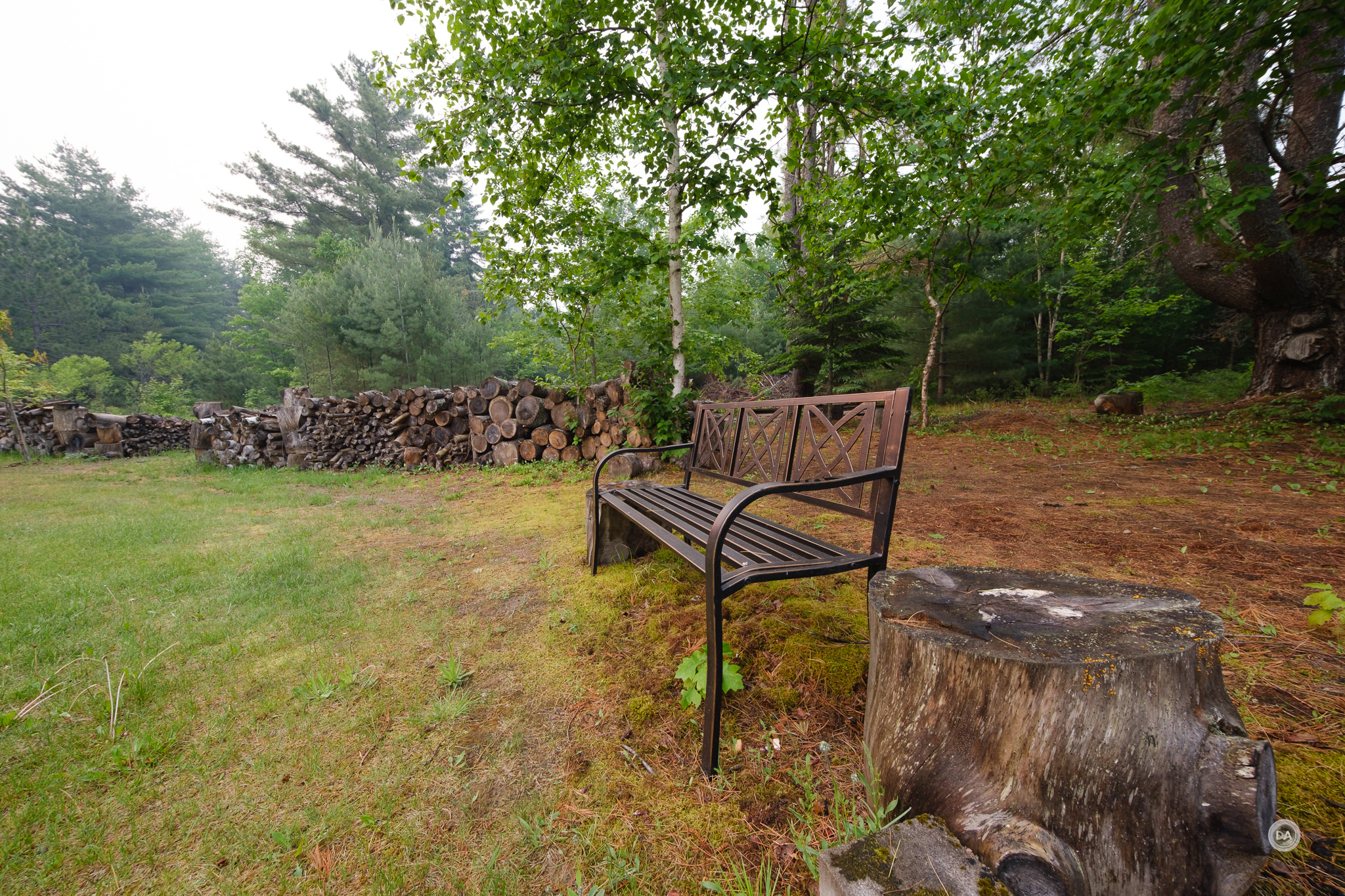

 GOOVIS ART Head Mounted Display Review
GOOVIS ART Head Mounted Display Review 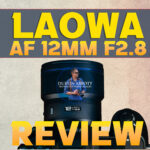 Laowa AF 12mm F2.8 Zero D Review (Z-Mount)
Laowa AF 12mm F2.8 Zero D Review (Z-Mount)  Nikkor Z 35mm F1.2 S Review
Nikkor Z 35mm F1.2 S Review  Kase AF 85mm F1.4 Review
Kase AF 85mm F1.4 Review 


